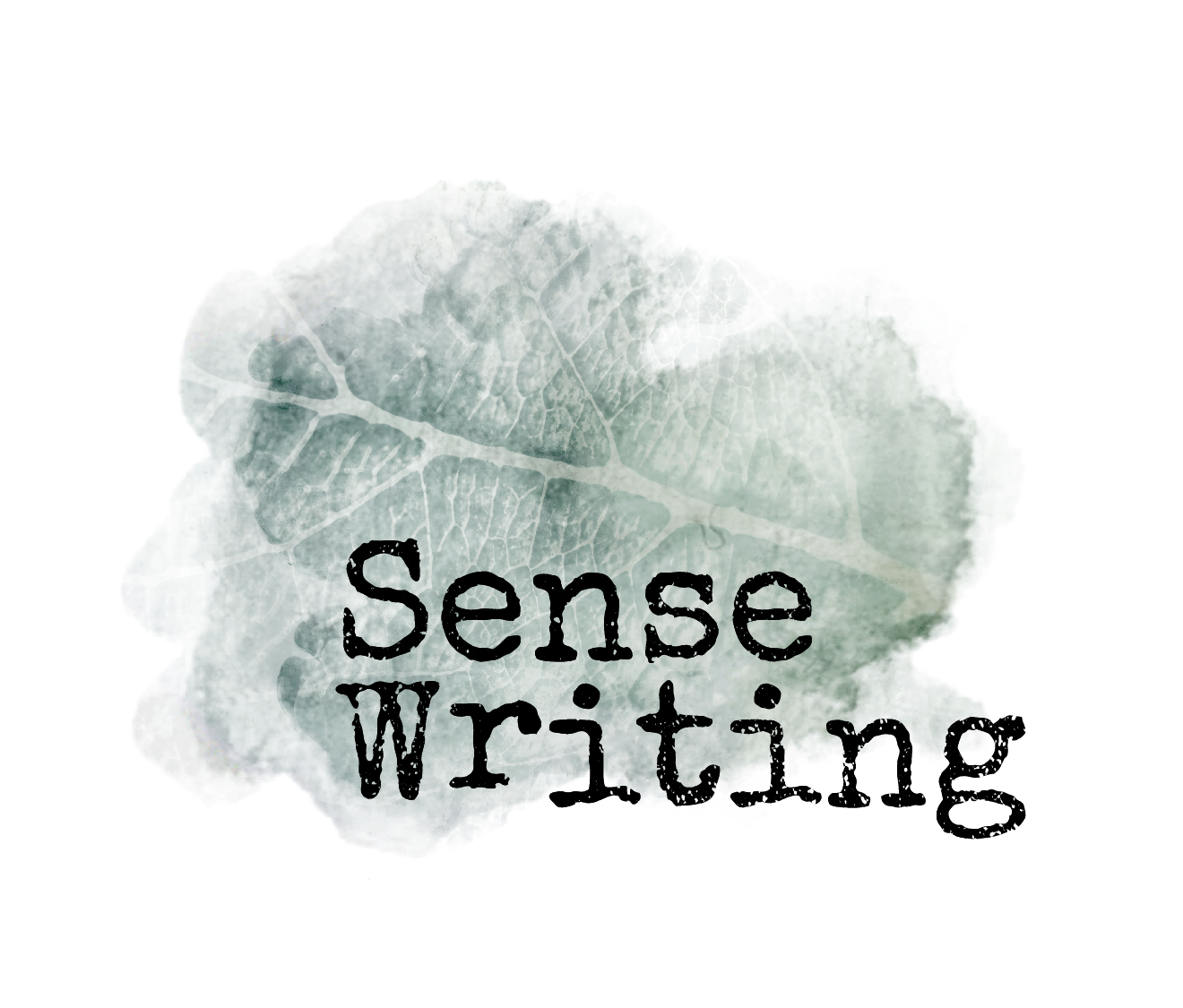Embodying Your Work in Action
Madelyn Kent, former professor at NYU, developed Sense Writing to .
Sense Writing At the heart of every movement is a vibrant narrative that inspires.
Sense Writing Storytelling helps us clarify the powerful narratives already embedded in the work we do everyday, the choices we made to do the work we that we do. Our vision. Our mission. The impact of our work.
The What and The How
We know the importance of the story we tell. The power sroies have to impact people, change people convince people.
But often the stories we tell about our work can sound generic, too rehearsed, miss the personal details, or depending on the audience, too bogged down in specifics. Sense Writing focuses on storytelling: The What. The bginning, middle,a nd end, all that makes up a story.
But Sense Writing Storytelling also teaches people how to actually step into the working of how their own creative process. And by stepping into "The How"-- and not just "the What"-- people learn how to increase comfort in the creative process, bypass anxiety, and-----. Our story becomes at once larger and more specific-- more alive-- and we find that we have new choices in communicating "The What" of we do.
So not only do we find ways of deeply connecting to our unique stories, but at the same time, we discover spontaneity in the process of telling and skill in communicating the right story to the right audience.
While we discover the deeper, powerful narratives of our work: How did it begin? What is the origin? What was our moment of obligation? How does it impact others? we are also learning to make this process of discovery more joyful, bouyant, and sustainable. In written or spoken word, it is this implicit joy in this process that will connect people with the work that you do, the work you believe in, the story you tell.
Sense Writing Storytelling is a 2-day workshop for professionals
Uncovering the efficacy of pleasure.
What is Sense Writing?
For the first time, principles of Somatic Education and Neuro-platicity are being merged with the writing process, allowing us to train our nervous systems away from habits of anxiety and blocks.
Evidence shows that every time we sense, imagine, or move in the world, neuronal loops are activated in the brain reinforcing old patterns-- or making new connections. With over eighty writing and movement sequences, Sense Writing "brings blood" to the delicate connections among our senses, imagination, and movement, allowing us to find new connections and increase our creative flow.
Rather than being a sort of dryly reductive, mechanistic brain-thing, Sense Writing has the effect of opening up your writing, bringing you into greater contact with the mysteries of your own writing. So by brushing up (a little cautiously) against neuroscience, we get closer to the shifting clearings and obscurities of our imaginations.
More about Sense Writing's Founder, Madelyn Kent
"Sustaining Creativity: A Review of Sense Writing I"
"The Story of You: Writing as a Tool for Self Discovery"
"Open Up Your Creativity with Pen and Movement"




